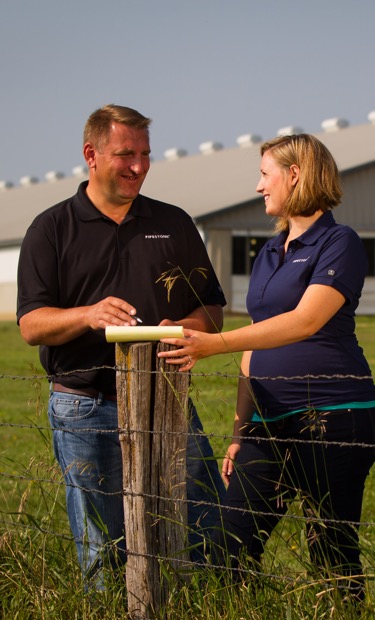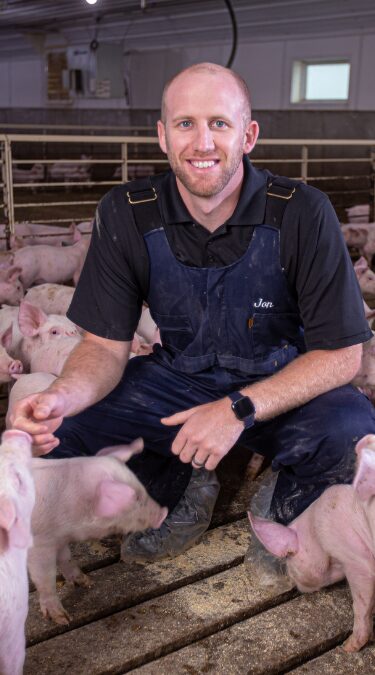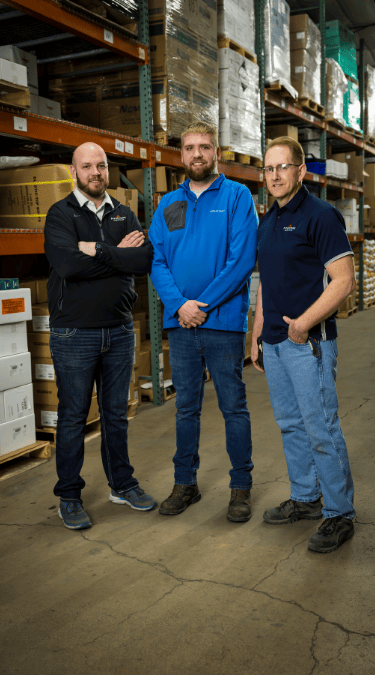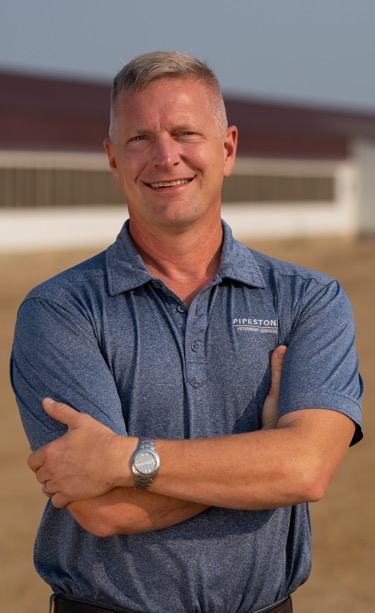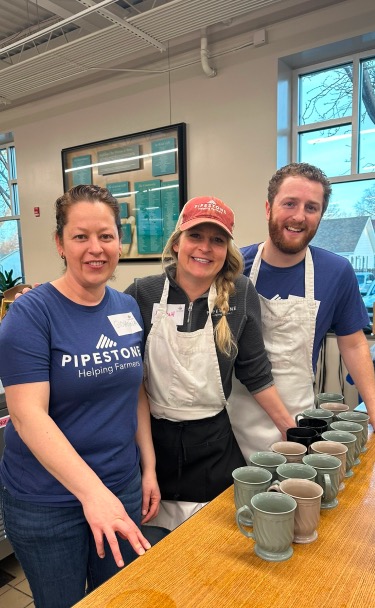Health
At the recent American Association of Swine Veterinarians conference, attendees were treated to an enlightening presentation by Dr. Joel Nerem, Veterinarian at Pipestone Veterinary Services. Dr.
Read Article
Nutrition
Feed costs make up 60% to 70% of production expenses, making it crucial for producers to monitor market trends as they work to enhance the profitability and sustainability of their pig farms. Recent trends indicate a notable decline in feed prices, particularly in essential ingredients like corn and soybean meal.
Read Article
In the realm of pig farming, maximizing genetic potential is a constant pursuit. Despite common perceptions that pigs are the “easy part” compared to human challenges, the reality is that ensuring optimal conditions for pigs involves overcoming various hurdles.
Read Article
Health
It’s that time of year again. . . time for 2024 predictions. For the U.S. swine industry (and most of the world), 2023 has been a year most pig farmers would like to forget – not because disease issues were worse than normal, but because market prices have not been favorable.
Read Article
Business
Data analysis is the process of inspecting, cleansing, transforming, and modeling data with the goal of discovering useful information. However, without proper data analysis, you may draw the wrong conclusion.Without perspective, you may think things are going really poorly, when in reality, they are not; or the reverse may be true.
Read Article
Management
A commercial sow farm has two options when it comes to replacement gilts, the first is to raise them internally, and the second is to purchase them from another site or company. Producing replacements internally requires a very broad and intensive management style to effectively run two different populations within one farm.
Read Article
FarmStats
Ben Franklin is credited with saying, “An ounce of prevention is worth a pound of cure.” The proverb holds true today and is particularly relatable for pork producers. A disease event has the protentional to increase your production costs, reduce your production efficiency and increase your lost opportunity in the wean-to-finish phase of production.
Read Article
Health
Disease does not stop at the sow farm; biosecurity protocols are beneficial in protecting our pigs when implemented in wean-to-finish sites. A helpful strategy to apply biosecurity is to remember the 5 P’s: Pigs, People, Products, Property, and Pests. Dr.
Read Article
Health
Hemolytic Escherichia Coli (E. coli) is a challenging pathogen due to its high morbidity and high mortality in weaned pigs. It causes severe diarrhea and sudden death. Our tools to control and reduce hemolytic E. coli are limited and unfortunately becoming less effective due to antimicrobial resistance.
Read Article
Health
Unfortunately, summer is over and the fall season is upon us, followed soon by winter. From a disease management perspective, it is also the season when major swine pathogens get a break from the sun and heat.
Read Article
Health
A fairly biosecure way to enjoy your local fairs: Everyone at the fair has a responsibility to protect pig health. Going to fairs, or anywhere else that has pigs from a different source, creates risk for your farm. There are easy and effective steps you can take to mitigate those risks.
Read Article
Nutrition
When we consider the number of stressors wean pigs face, it’s no surprise that starting pigs in the nursery can be challenging. So, the question becomes, what can we do to help? There are several practical ways to reduce stress, encourage pen exploration, and promote earlier feed intake to ensure a successful weaning transition.
Read Article













